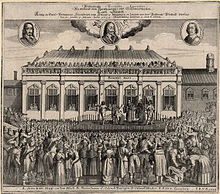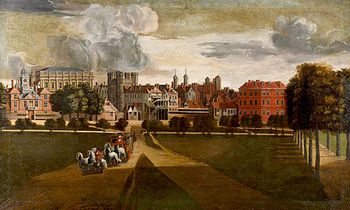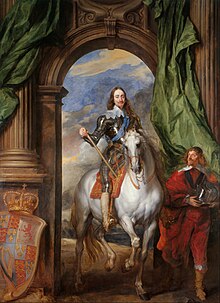The Collective Inspiration To Share
This autumn is a misty memory of changing seasons, accessible only through the filters of my camera lens and various building windows.
 |
| Whitby Library, room with a view |
That's what it is to be a writer on a deadline. I factored in a few days to venture outside the house, either to go to the library or a coffee shop to write, or to go to Kingston to visit family. I took a few pictures to remind myself that I exist outside this fantasy land of my stories.

After delivering my epic adventure to my agent and an editor for pending comment, I accepted an invitation to visit with the members of one of my writing groups for a much needed sanctuary. The leaves had mostly fallen, and recent rains and bracing winds necessitated increased layers of outwear and sturdy footwear.

After a long walk upon The Land, we settled in to talk about what we had written that morning. We used various photographs and early morning discussions to start off, and then went to freefall.
There is no shortage of inspiration in Coboconk, where emerging literary writer, Sharon Overend, now lives with her hubby Paul, and the irrepressible Charlie, shown below, inspiring us with her ability to listen to Mom for a few joy-filled moments of play. This trend of moving from the 'burbs of Ajax, Pickering, Whitby, is a common one amongst my friends now. Lured by the pristine settings and affordable real estate, many boomers are now opting to move east or north for a life that promotes beauty and leisure over asphalt and traffic.
 |
| Charlie shows Mom how it's done |
 |
| A view from Point de Vue, Quebec, window to early morning |
 |
| Another view from the window....pretty white stuff from here |
So many paths. All I can say is, I love being with my friends, I love being with writers. And sometimes I enjoy the noise and pace of the city. I hate snow....at least if I have to go out in it. The talk about snow shoes and skiis during our writing retreat was not my favourite part of the day. For those who know me well, you know why my friends in Ottawa call me 'an indoor pet'.
But back to writing in a group. The Bellas, as this writing group is called, are a collection of top notch, inspiring writers whom I have come to love. The positive energy, the support, the inspiration, is reason enough to make the journey from Whitby to Port Hope, Coboconk, Bowmanville, or down the street in Whitby. During our freefall hours, I wrote four poems and a short story. First draft of course, but the subjects are as diverse as the settings in this post that make up my experience as a writer. The output from the others was similar to my own.

I recently completed a WCDR sponsored Writing Circle Facilitation Accreditation, and among the many, many skills and insights from the wonderful Dorothea Helms, aka The Writing Fairy, and Ruth Walker of Writescape was the gem that writing in circles with other dedicated writers should be a collective experience. In other words, writing together in a room is an experience unto itself; it creates an uncanny spirit that seem to grow with the number of writers in the circle and lay itself out on the page in richness and wonder. But the real magic is in the sharing. To write, share, provide feedback enhances the writing experience and increases the richness of story, which can then, once again, be shared.
So, as writers decide where to write, and how to write, and what view to stare out as they write, they come to that crossroads, that rich, lovely place of options, and steep hills, and lush valleys and sun over snowfalls. And they put that pen to paper, those fingers to keyboards, and live the words that come out. Words that are to reflect what brought us here, where we are now, and where we are likely to go next. That's what makes them so magical to share.
 |
| Books written by fellow writers and speakers at WCDR, a rich experience |






























.jpg)









